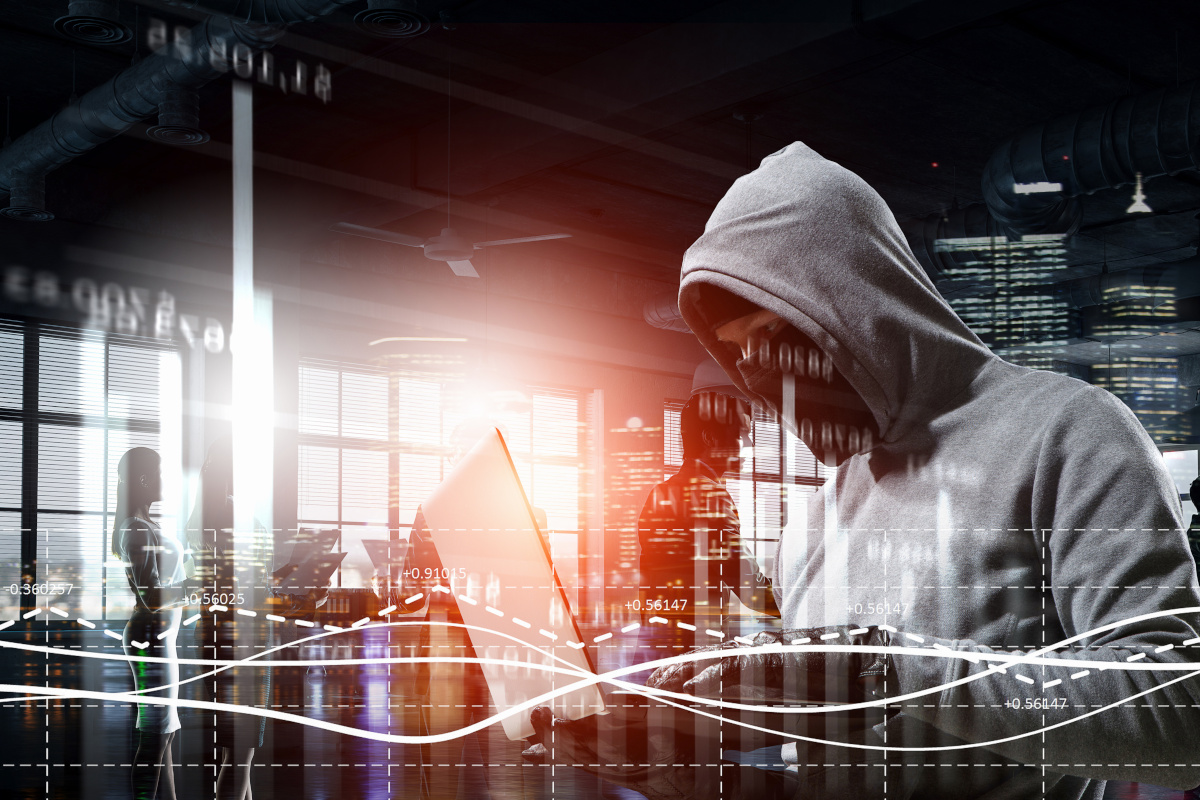What are the 2024 Cyber Security Trends?
December 4th, 2023 by William Wentowski

The digital revolution is taking the world by storm. Everyone depends on computerized systems for managing daily activities, from small to large organizations, corporations, and governments. This makes cybersecurity a much-needed safeguard option to protect data from unauthorized access and online attacks.
Since technology is forever changing, cybersecurity attacks become more sophisticated, giving rise to hacks, ransomware, data breaches, etc. Amongst these, ransomware has become more frequent and affected various industries, from healthcare to finance. The severity of attacks differs from country to country.
According to 2021 statistics, Europe has had more run-ins with ransomware (26%) than server access attacks (12%). North America has experienced more ransomware attacks (30%) than email compromise (12%). Africa and the Middle East get more server attacks (18%) than misconfiguration problems (14%). Lastly, Latin America has dealt with 29% of ransomware attacks and 21% of credential harvesting.
Following are six cyber security trends that you need to know about to safeguard your business:
The Heroes and Villains of Technology – Machine Learning and AI
Machine Learning (ML) and Artificial Intelligence (AI) are the enigmatic characters in the cybersecurity narrative. They work as double agents who can either wreak havoc or save the day.
Both are being harnessed to bolster security measures by identifying and mitigating threats faster and more accurately than
However, there's a darker side to this story. Cybercriminals are also leveraging AI and ML to craft more complex attacks. These technologies enable them to automate threats, evade detection, and even develop malware that can learn and adapt.
Trust No One – Motto of Zero Trust Security
Zero Trust is an IT security model that requires every device and person to go through a series of strict identification verification steps to access a private network. Access isn't granted even if the person is sitting within the business's premises.
In a nutshell, Zero Trust says not to trust anyone. The model assumes that threats exist both inside and outside the network, and no one, be it an employee or a system, is inherently trustworthy. This approach is and will remain relevant today, where remote work has become the norm and the traditional network perimeter has all but dissolved.
Cloud Security
The shift to the cloud has transformed how we do business, and it's akin to relocating the entire story of an organization to a different setting.
Cloud providers like Google, Microsoft, AWS, and Azure offer robust security measures, but the responsibility for securing data in the cloud falls on the organizations themselves. Vulnerability lies on the user end due to phishing attacks, which is why businesses must take security measures within the organization.
The Human Element: The Insider Threat
According to Verizon, 34% of cybersecurity attacks are corporate espionage.
Phishing attacks, for example, rely on manipulating human psychology. Phishers employ a myriad of tactics to deceive their targets. From designing fake websites that mirror legitimate ones to crafting convincing emails that mimic official correspondence, these cybercriminals are experts in illusion.
This is why companies should focus on tracking behavior analytics and employee training to notice any unusual activity on networks and systems.
The Allure of 5G
The more connected devices, the larger the attack surface. With 5G's ability to support many simultaneous connections, businesses navigate an intricate web of vulnerabilities. Each IoT device becomes a potential gateway for malicious actors to exploit, emphasizing the critical need for robust security measures.
This is why implementing end-to-end encryption, regularly updating firmware, and establishing strict access controls are paramount.
Integration and Automation – Convenience at Risk
Integration and automation bring great convenience to business operations. Tasks that once demanded extensive human intervention can now be executed seamlessly through automated systems. This saves time and minimizes errors, allowing businesses to focus on core responsibilities. As for integration, it ensures different systems are running smoothly and providing information to all departments, fostering data-driven decision-making and collaboration.
However, this convenience comes with a potential compromise – a chink in the digital armor that cyber attackers may exploit. As businesses increasingly rely on interconnected technologies, the attack surface widens, providing more entry points for cyber adversaries.
By implementing secure coding practices, businesses can minimize the risk of vulnerabilities in software. Penetration testing, regular code reviews, and adherence to industry best practices contribute to a more robust defense system against cyber threats.
The shortage of skilled cybersecurity professionals is a grave concern that deserves attention. Organizations are struggling to find the right talent to protect their digital assets, and this is a central theme in the ongoing cybersecurity saga.
BTS Technologies offers managed IT services that actively monitor your system and take security measures to ensure no threat reaches your servers.
If you want to learn more about the 2024 Cyber Security trends, contact us today.
Posted in: Cyber Security, Managed IT, Solutions

